Bearded dragons, with their unique appearance and docile nature, have become beloved pets in many households. Despite their prehistoric look, these reptiles require regular grooming to maintain optimal health and hygiene. Unlike furry pets, bearded dragons don’t need daily brushing or frequent baths, but they do benefit from a consistent grooming routine tailored to their specific needs. Proper grooming not only keeps your beardie looking its best but also provides an opportunity to check for potential health issues before they become serious problems. Whether you’re a new owner or looking to refine your care techniques, establishing simple yet effective grooming habits will contribute significantly to your dragon’s overall wellbeing and longevity.
Understanding Your Bearded Dragon’s Natural Grooming Behaviors
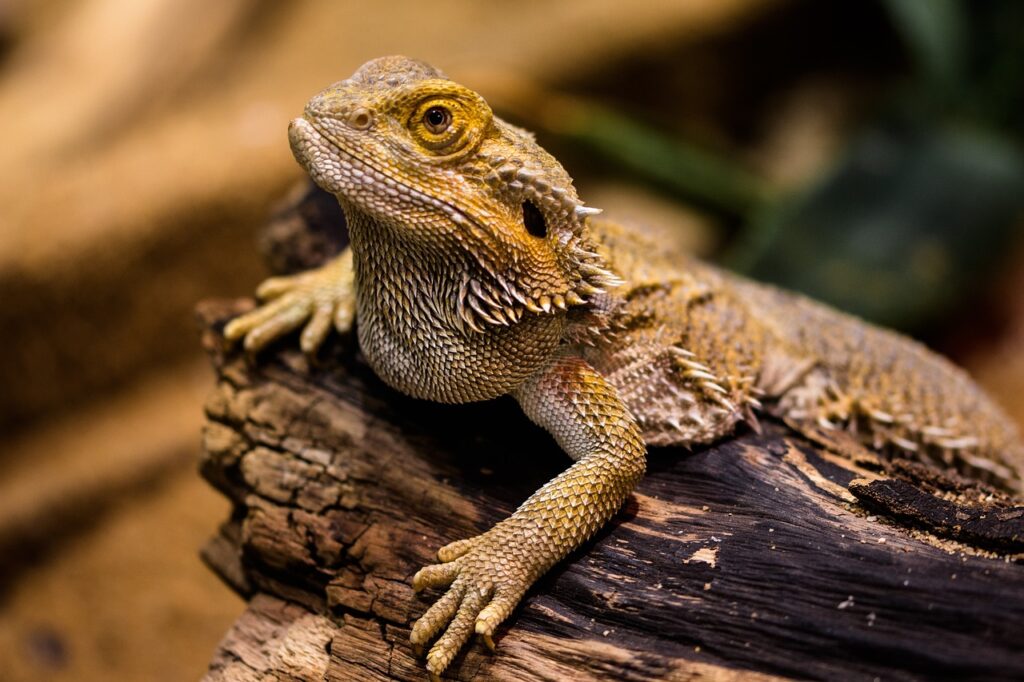
In their natural habitat, bearded dragons have evolved certain self-grooming behaviors that owners should understand. These reptiles naturally shed their skin periodically as they grow, a process called ecdysis that helps remove parasites and allows for growth. They may also rub against rough surfaces in their environment to help loosen dead skin or to scratch an itch.
Additionally, wild bearded dragons often bathe in shallow water sources when available, helping to maintain skin hydration and cleanliness. By recognizing these instinctual behaviors, owners can better supplement their pet’s natural grooming tendencies with appropriate care routines. Understanding these natural behaviors forms the foundation for developing an effective grooming regimen that works with your dragon’s instincts rather than against them.
Essential Supplies for Bearded Dragon Grooming
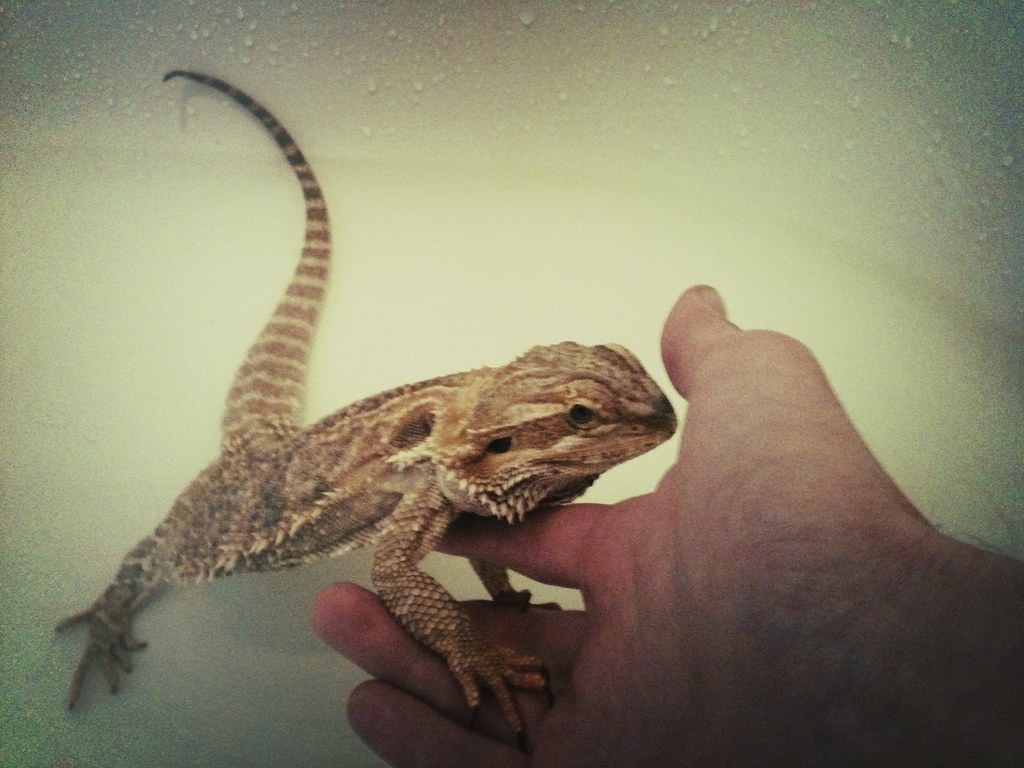
Before establishing a grooming routine, gathering the proper supplies ensures you’ll be prepared for all aspects of bearded dragon care. A shallow bathing container that allows your dragon to stand comfortably with its head above water is essential for bath time. Soft-bristled toothbrushes work excellently for gentle scrubbing during baths and can help remove stuck shed.
A reptile-safe moisturizing spray can be valuable for hydrating dry skin patches, especially during shedding periods. Additional supplies should include reptile-safe disinfectant for cleaning the bathing container, soft cotton swabs for cleaning delicate areas, and nail clippers designed for small animals if your dragon’s claws become overgrown. Having these items readily available makes grooming sessions more efficient and less stressful for both you and your bearded dragon.
Bath Time Basics: Frequency and Technique
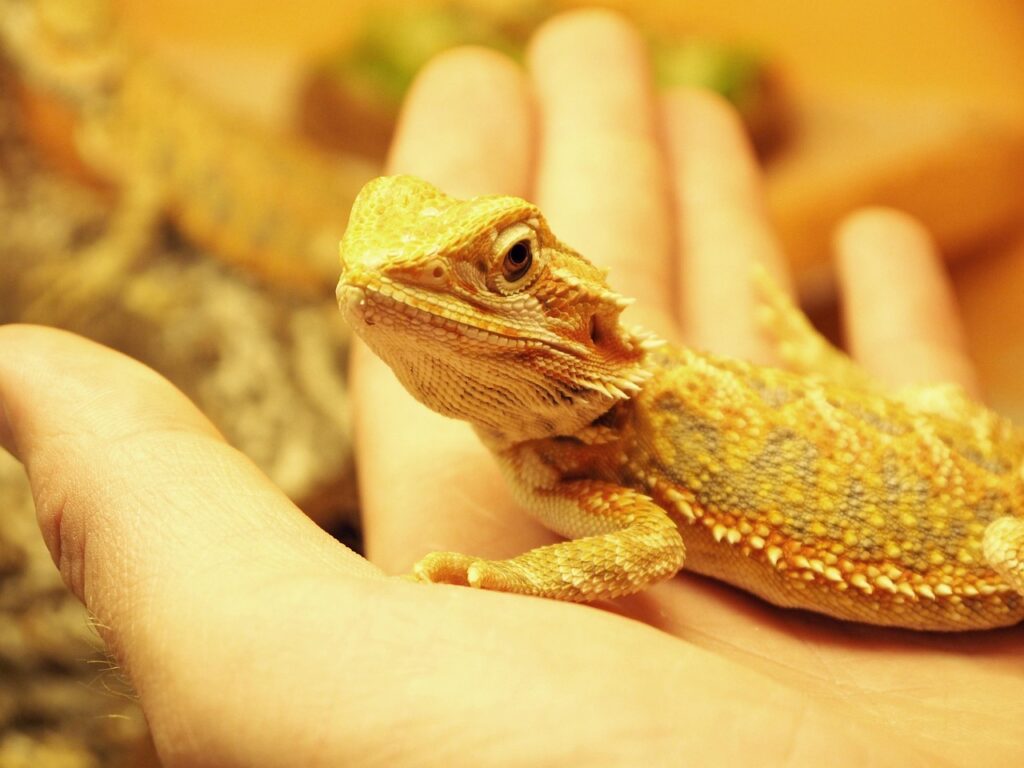
Bathing your bearded dragon plays a crucial role in their grooming routine, though opinions vary on ideal frequency. Generally, healthy adult bearded dragons benefit from baths every 1-2 weeks, while juveniles might need slightly more frequent bathing to assist with hydration and shedding. Fill a shallow container with warm water (95-100°F/35-38°C) to a depth that reaches your dragon’s shoulders but allows them to keep their head comfortably above water.
Bath time should last 15-20 minutes, during which many beardies will drink water and often defecate, which actually helps maintain enclosure cleanliness. During the bath, gently support your dragon if needed and never leave them unattended, as even these semi-desert reptiles can drown if they panic or become exhausted. After bathing, thoroughly dry your pet with a soft towel before returning them to their enclosure to prevent respiratory issues from excess humidity.
Helping Your Dragon Through Shedding
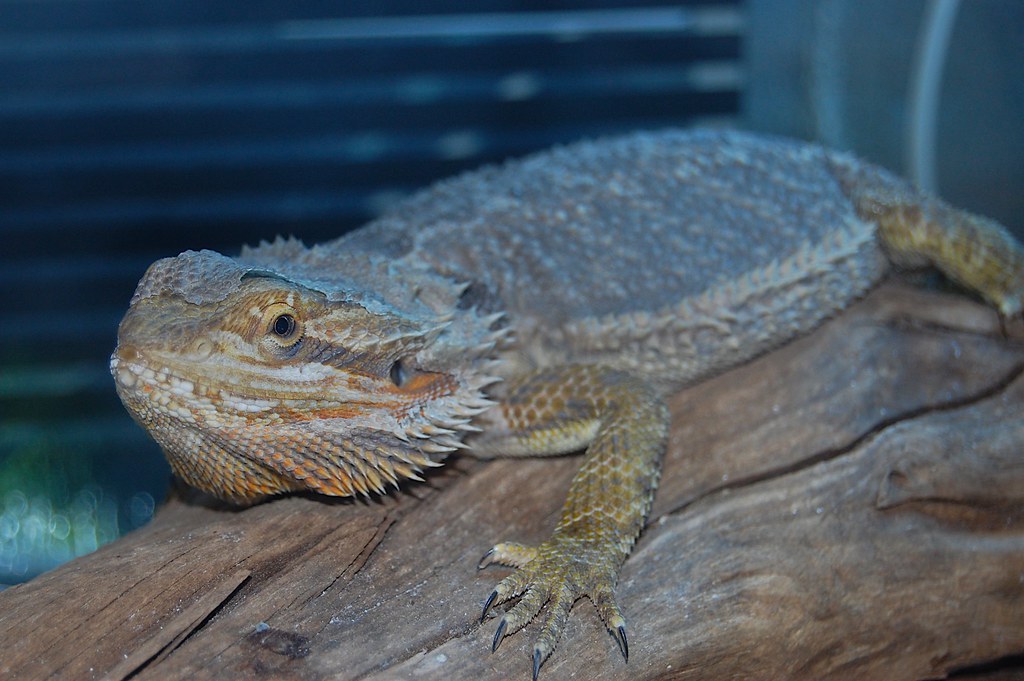
Shedding is a natural process for bearded dragons that requires special attention during grooming routines. Unlike snakes that shed in one piece, bearded dragons shed in patches over several days or weeks, with younger dragons shedding more frequently than adults. During a shed, avoid pulling at loose skin, as this can cause pain and injury; instead, provide extra moisture through bathing and misting to help the process along naturally.
Using a soft-bristled toothbrush, you can gently brush areas with loose skin during bath time, always working in the direction of the scales. Pay particular attention to areas like the tail tip, toes, and spikes, as retained shed in these locations can lead to constriction and potential loss of digits or tail portions if left unaddressed. If your dragon struggles with persistent stuck shed despite increased humidity, consult an exotic vet for appropriate intervention methods.
Nail Care and Maintenance

Bearded dragon nails grow continuously throughout their lives and require periodic trimming to prevent them from becoming too long or sharp. In the wild, rocks and rough terrain naturally wear down their claws, but captive dragons often need human assistance with nail maintenance. When overgrown, nails can catch on fabrics, scratch owners during handling, or even curl back into the toe pads, causing pain and infection.
To trim your dragon’s nails, use small animal nail clippers or human nail clippers designed for toenails, and be careful to avoid cutting into the quick—the pink area within the nail that contains blood vessels. For dragons uncomfortable with nail trimming, providing rough surfaces like sandstone or certain reptile lounging rocks in their enclosure can help wear down nails naturally between maintenance sessions. Regular inspection of your dragon’s feet during grooming sessions allows you to monitor nail length and address issues before they become problematic.
Skin and Scale Maintenance
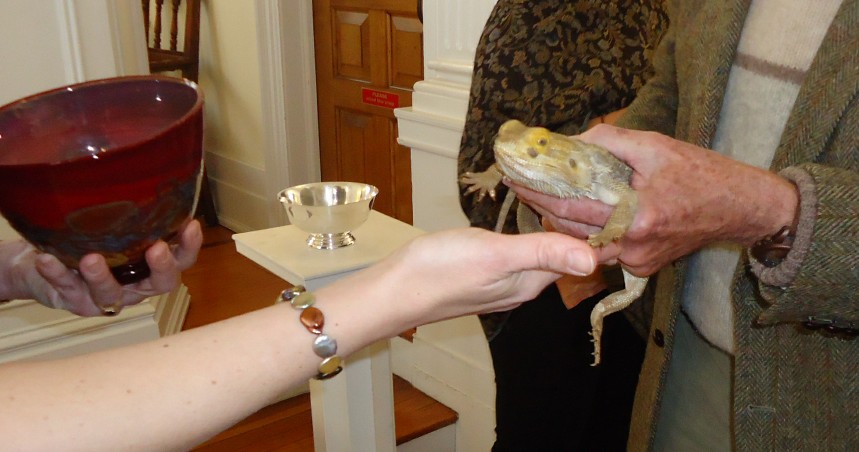
Maintaining healthy skin and scales is fundamental to your bearded dragon’s overall health and comfort. Between shedding cycles, inspect your dragon’s skin regularly for any discoloration, unusual bumps, or dry patches that might indicate health issues. After baths, apply a reptile-safe moisturizer to any particularly dry areas, avoiding petroleum-based products which can trap bacteria.
For dragons prone to dry skin, occasional misting with dechlorinated water can provide beneficial hydration, though this should be done early in the day to allow complete drying before nighttime temperature drops. Some owners find that gentle massage with a soft cloth during handling sessions helps distribute natural oils and removes surface debris from scales. Remember that healthy bearded dragon skin should feel firm and supple, not sticky or excessively dry, and scales should lie flat against the body except when the beard is extended during displays.
Cleaning Delicate Areas: Eyes, Ears, and Vent
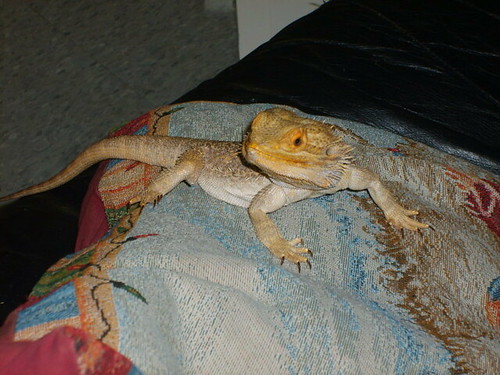
Special attention must be given to your bearded dragon’s more delicate areas during grooming sessions. For eye care, use a moistened cotton swab to gently wipe away any accumulated debris from the outer eye area, being extremely careful not to touch the eye itself. If you notice persistent eye discharge or swelling, this requires veterinary attention rather than home treatment. Ear openings, which appear as small holes on either side of the head, rarely need cleaning but should be monitored for any unusual discharge or redness.
The vent area (cloaca) occasionally needs cleaning, particularly after bowel movements; use a damp cotton pad to gently wipe the area clean when necessary. When handling these sensitive regions, movements should be slow and gentle to minimize stress, and if your dragon shows signs of discomfort or resistance, it’s best to stop and try again later or consult with your exotic veterinarian for advice.
Beard Maintenance and Cleaning
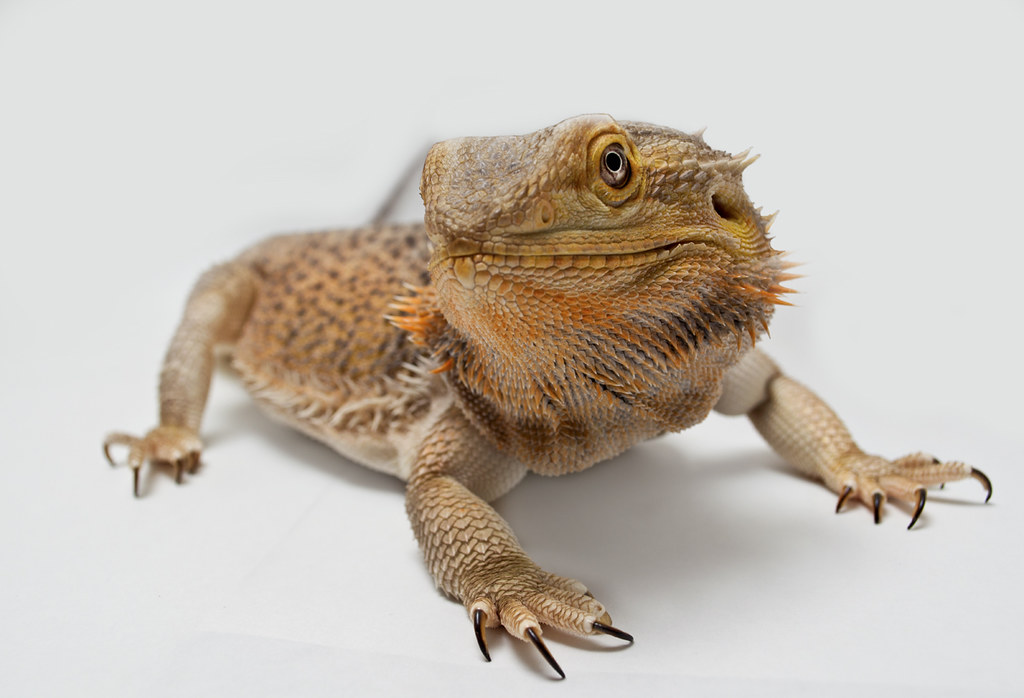
The iconic beard of a bearded dragon requires specific attention during grooming sessions. Food particles and substrate can sometimes become trapped in the folds of skin beneath the jaw, potentially leading to bacterial growth and skin irritation if not addressed. During bath time, gently stroke under the beard area with your finger to encourage your dragon to extend its beard, which makes cleaning easier.
With a soft toothbrush or cotton swab, carefully clean between the spikes and skin folds, being mindful not to apply too much pressure. After meals, particularly after eating soft fruits or vegetables, check your dragon’s beard for any stuck food particles that might need to be wiped away. Regular maintenance of this distinctive feature not only keeps your dragon healthy but also allows the vivid colors of the beard to display properly during social interactions and territorial displays.
Managing Parasites and Prevention

External parasites can occasionally affect bearded dragons, making parasite checks an important aspect of regular grooming. During handling sessions, carefully examine your dragon’s skin, particularly in crevices around joints, under the arms, and near the vent for tiny moving dots that might indicate mites. Small black or red specks that move when disturbed are a telltale sign of these common reptile parasites.
Prevention is largely achieved through proper enclosure hygiene, including regular deep cleaning and substrate replacement. If you suspect parasites, quarantine your dragon in a temporary setup with paper towel substrate while disinfecting the main enclosure thoroughly. Over-the-counter reptile-safe mite treatments can be effective for minor infestations, but severe cases or recurring problems should prompt a visit to an exotic veterinarian who can prescribe appropriate treatments. Regular grooming observations provide an excellent opportunity to catch parasite problems before they become severe.
Grooming as Health Monitoring
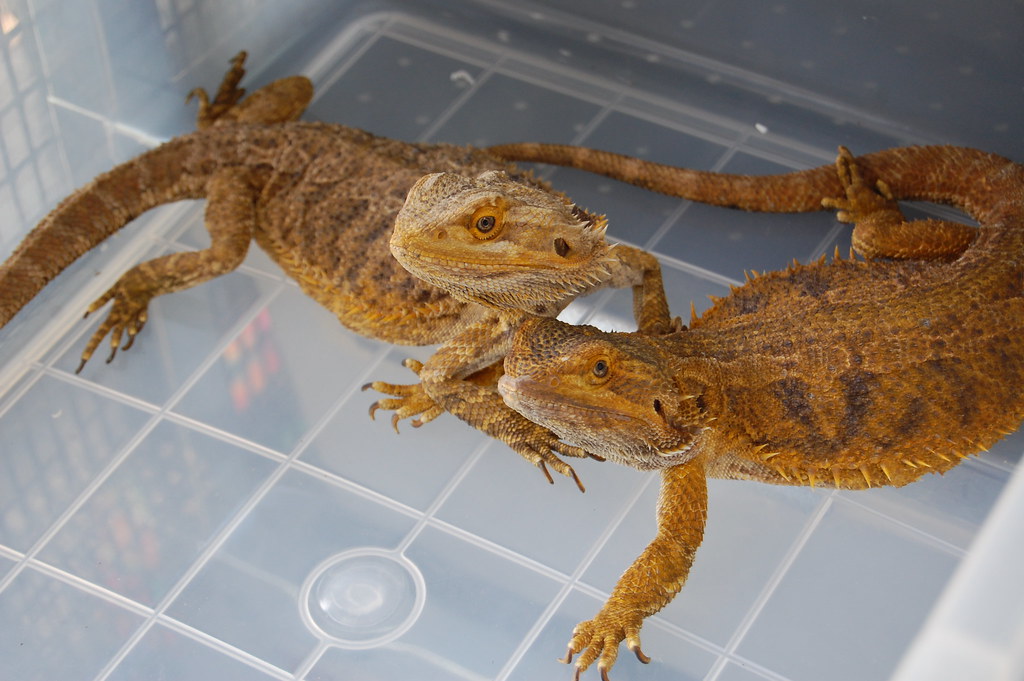
Perhaps one of the most valuable aspects of regular grooming sessions is the opportunity they provide for health monitoring. During these close interactions, you can observe changes that might indicate developing health issues, such as weight loss, abnormal swellings, or changes in skin color and texture. Pay attention to how your dragon moves during grooming, noting any stiffness, limping, or reluctance to use certain limbs that might suggest musculoskeletal problems.
Check that both eyes are clear and alert, and monitor breathing patterns for any signs of respiratory distress such as gaping or wheezing. Maintaining a grooming journal with notes about your observations creates a valuable record of your dragon’s normal condition and makes it easier to identify concerning changes over time. This proactive approach to health monitoring during routine grooming can help catch potential issues early when treatment is typically more effective and less costly.
Creating a Stress-Free Grooming Environment
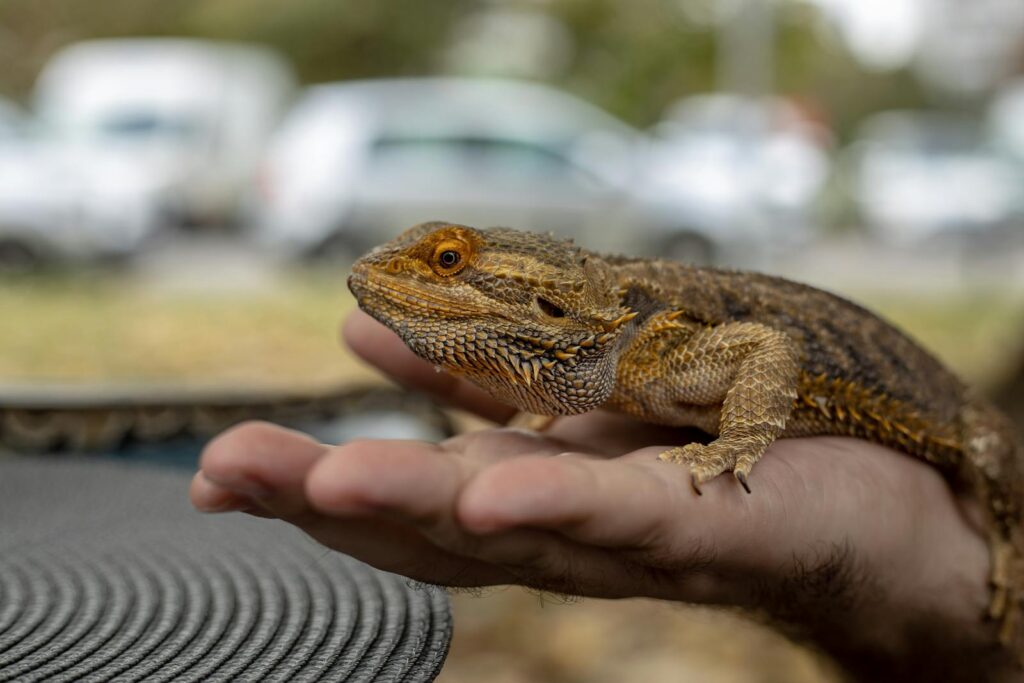
Bearded dragons respond best to grooming when they feel secure and calm during the process. Establish a quiet grooming area away from household traffic, loud noises, and the presence of other pets that might cause stress. Maintain a warm room temperature during grooming sessions, as cool environments can cause your dragon to become lethargic or stressed. Begin handling with gentle, supportive touches that cradle your dragon’s body properly, avoiding quick movements or restraining grips that might trigger a fear response.
For dragons new to grooming, start with very brief sessions that end on a positive note, gradually extending the time as your pet becomes more comfortable with the routine. Some owners find that offering a favorite treat after grooming helps create positive associations with the experience. With consistency and patience, most bearded dragons come to tolerate or even enjoy their grooming sessions as part of their regular interaction with their caretakers.
Seasonal Adjustments to Grooming Routines
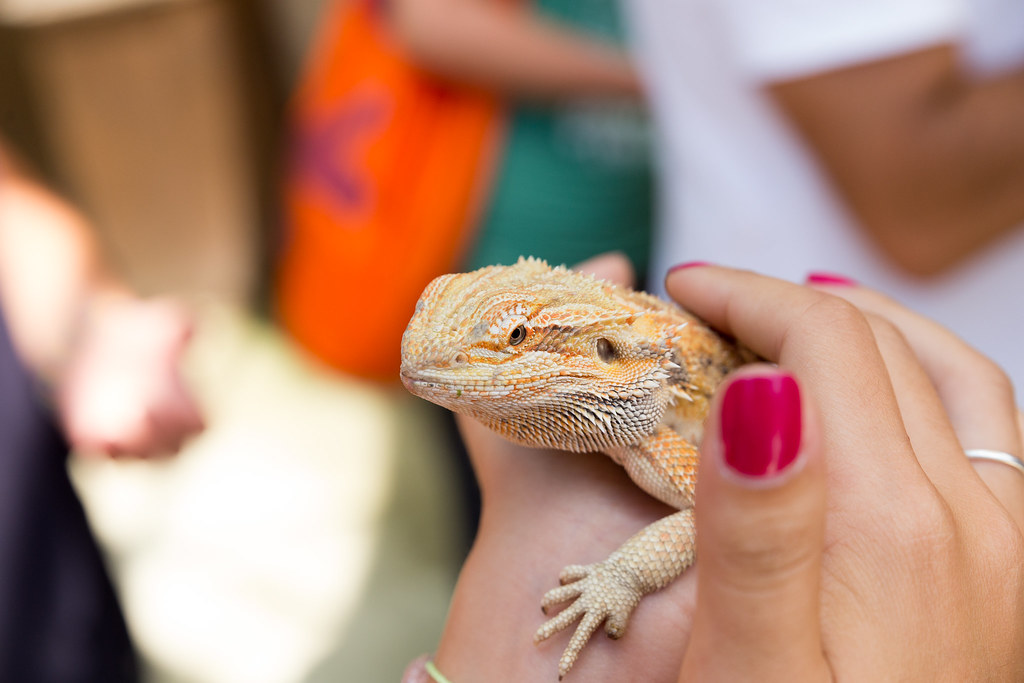
Bearded dragons undergo natural physiological changes with the seasons that may require adjustments to their grooming routines. During brumation periods, when dragons naturally become less active and eat less in response to seasonal cues, grooming frequency typically decreases as metabolism and growth slow. Conversely, during breeding season, males in particular may require more frequent bathing to help maintain hydration as they become more active and sometimes less interested in drinking.
Dragons often experience more intense shedding cycles in spring as they emerge from winter sluggishness, potentially necessitating additional bathing and shed support during this time. For dragons kept in climates significantly different from their native Australian habitat, paying attention to humidity levels becomes especially important, with additional misting or more frequent baths recommended during extremely dry winter months when indoor heating can reduce ambient humidity. These seasonal adjustments help support your dragon’s natural biological rhythms while maintaining appropriate hygiene.
When to Seek Veterinary Care
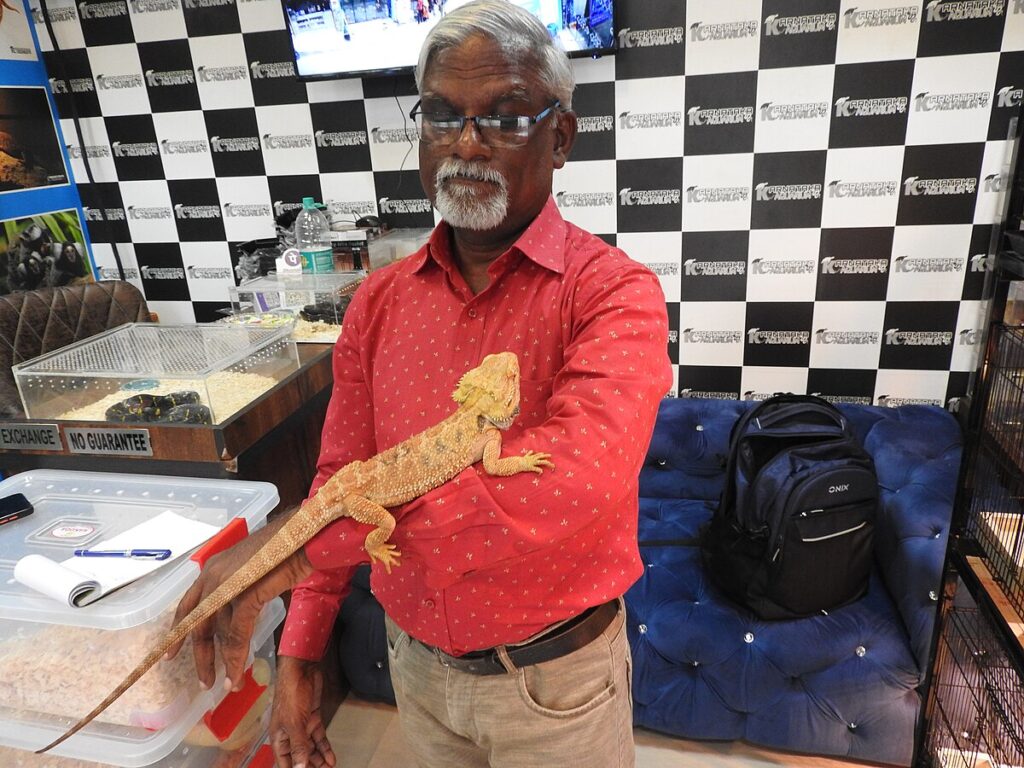
While regular grooming helps maintain your bearded dragon’s health, certain observations during grooming sessions should prompt veterinary consultation. Any persistent swellings, unusual lumps, or discolored patches that don’t resolve with normal shedding warrant professional evaluation. Stuck shed that doesn’t come loose after multiple assisted baths, particularly around toes, tail tip, or eyes, requires veterinary intervention to prevent constriction injuries.
Signs of respiratory distress during handling, such as open-mouth breathing when not basking, should never be ignored. Significant weight loss noticed during handling, dramatic behavior changes, or unusual posturing might indicate internal health issues that require diagnostic work beyond home care. Establishing a relationship with an exotic veterinarian experienced with reptiles before emergencies arise ensures you have a trusted resource when grooming reveals potential health concerns. Remember that early intervention for health issues identified during grooming typically leads to better outcomes and less intensive treatments.
Maintaining a simple but consistent grooming routine for your bearded dragon creates a foundation for long-term health and strengthens the bond between you and your reptilian companion. Through regular bathing, shed assistance, nail maintenance, and careful observation, you provide essential care that complements your dragon’s natural behaviors.
These grooming sessions offer invaluable opportunities to monitor health changes, address minor issues before they escalate, and ensure your pet remains comfortable and clean. As you become more attuned to your bearded dragon’s specific needs, you’ll likely find that grooming becomes less of a chore and more of a rewarding interaction that benefits both of you. With patience and attentiveness, these simple grooming practices will contribute significantly to your dragon’s quality of life throughout its many years as your pet.

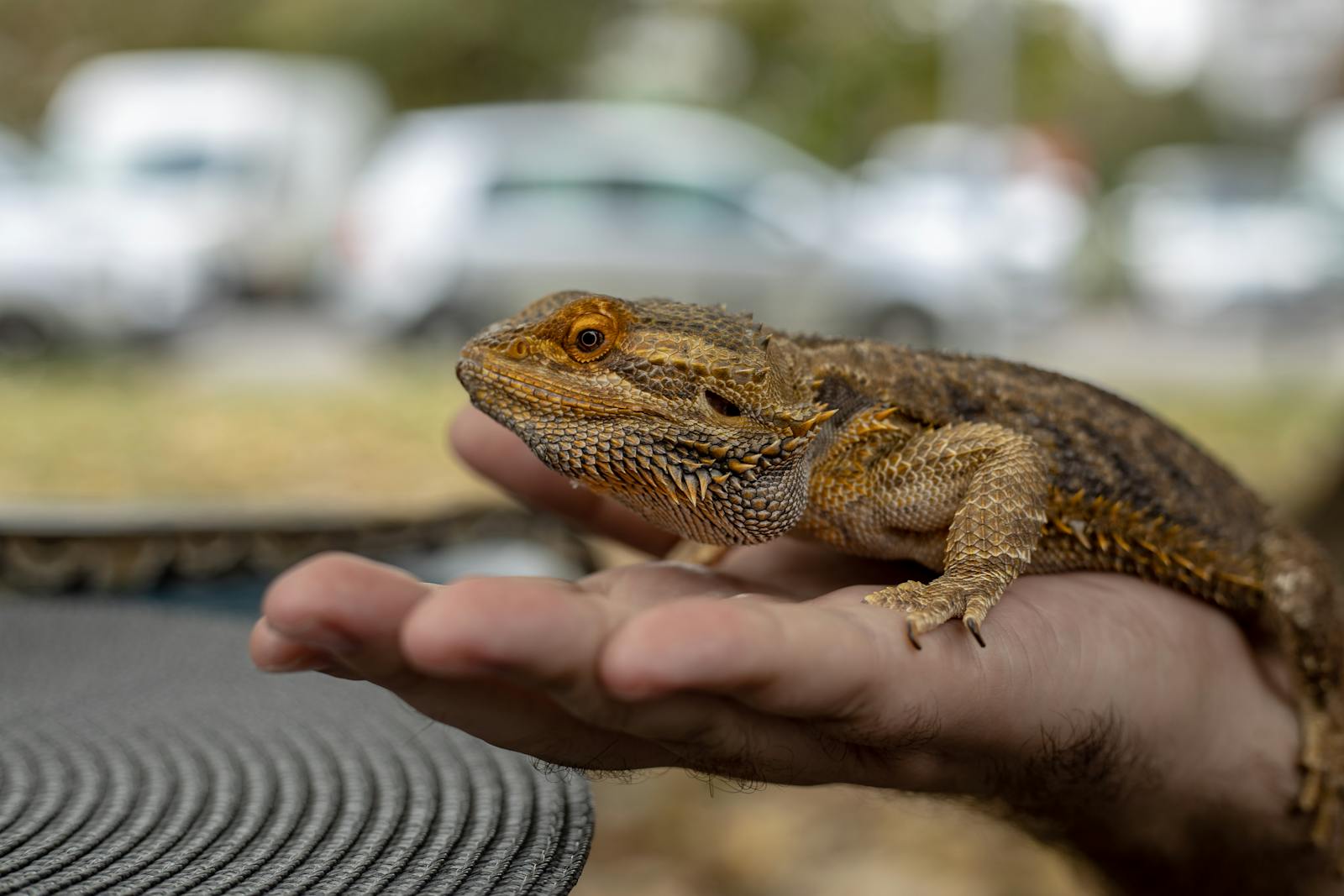
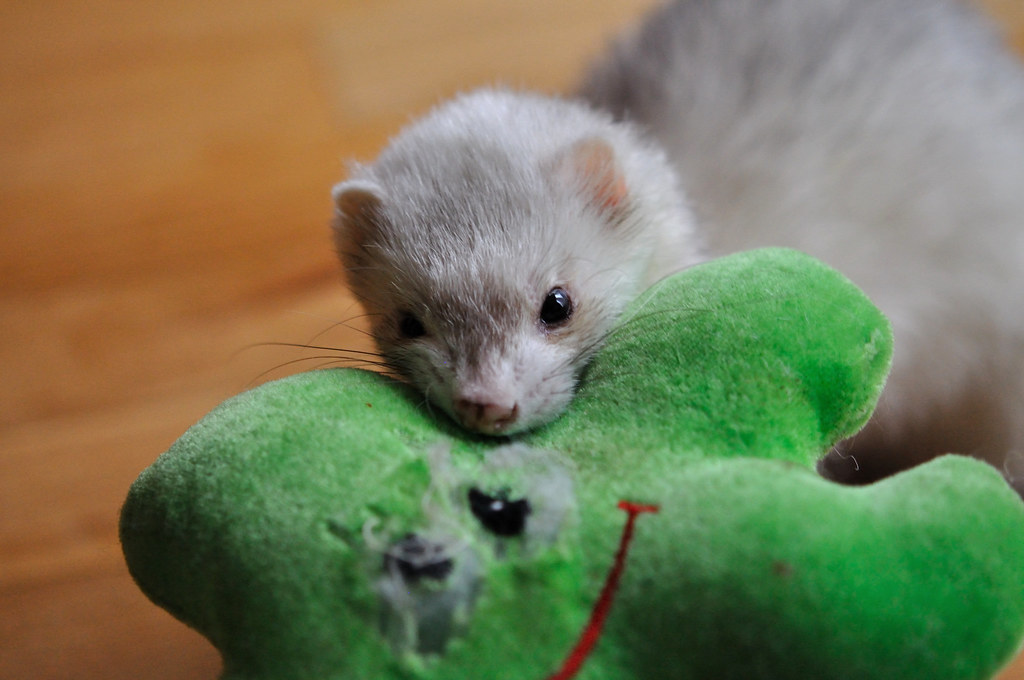
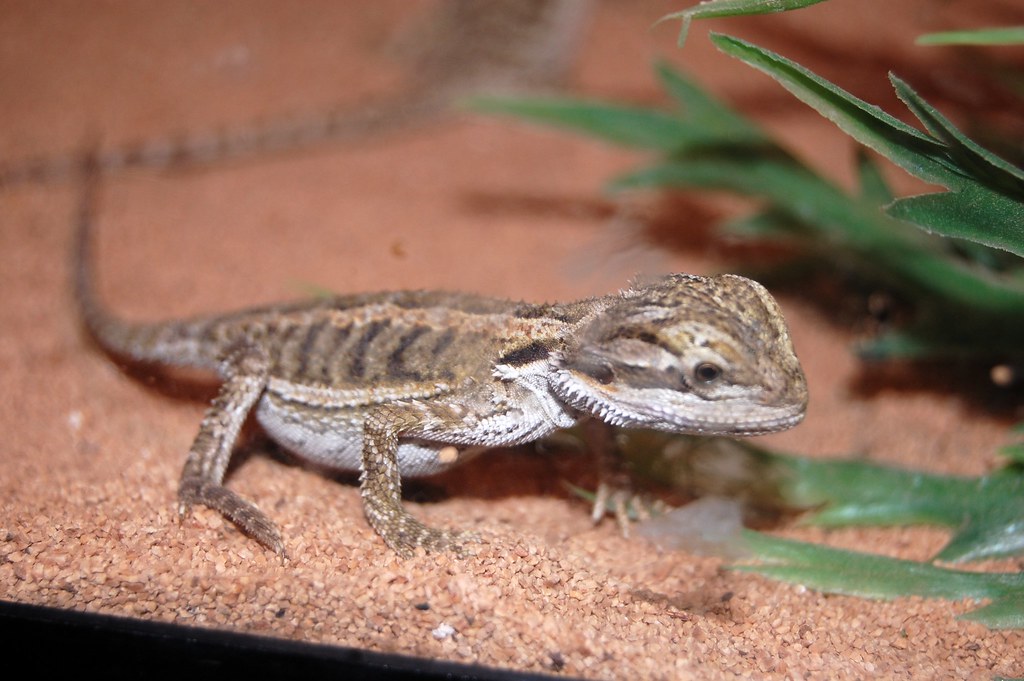
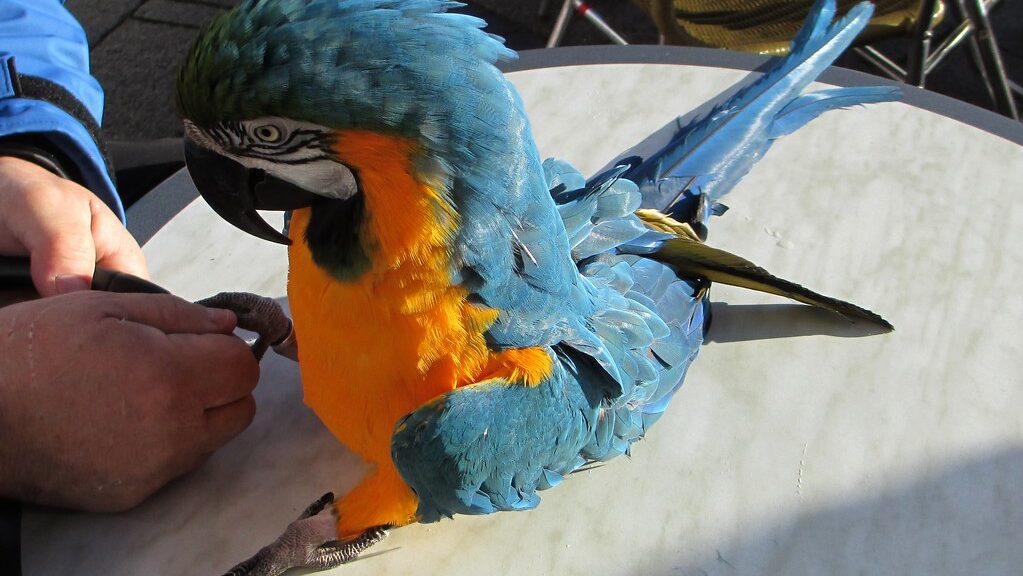
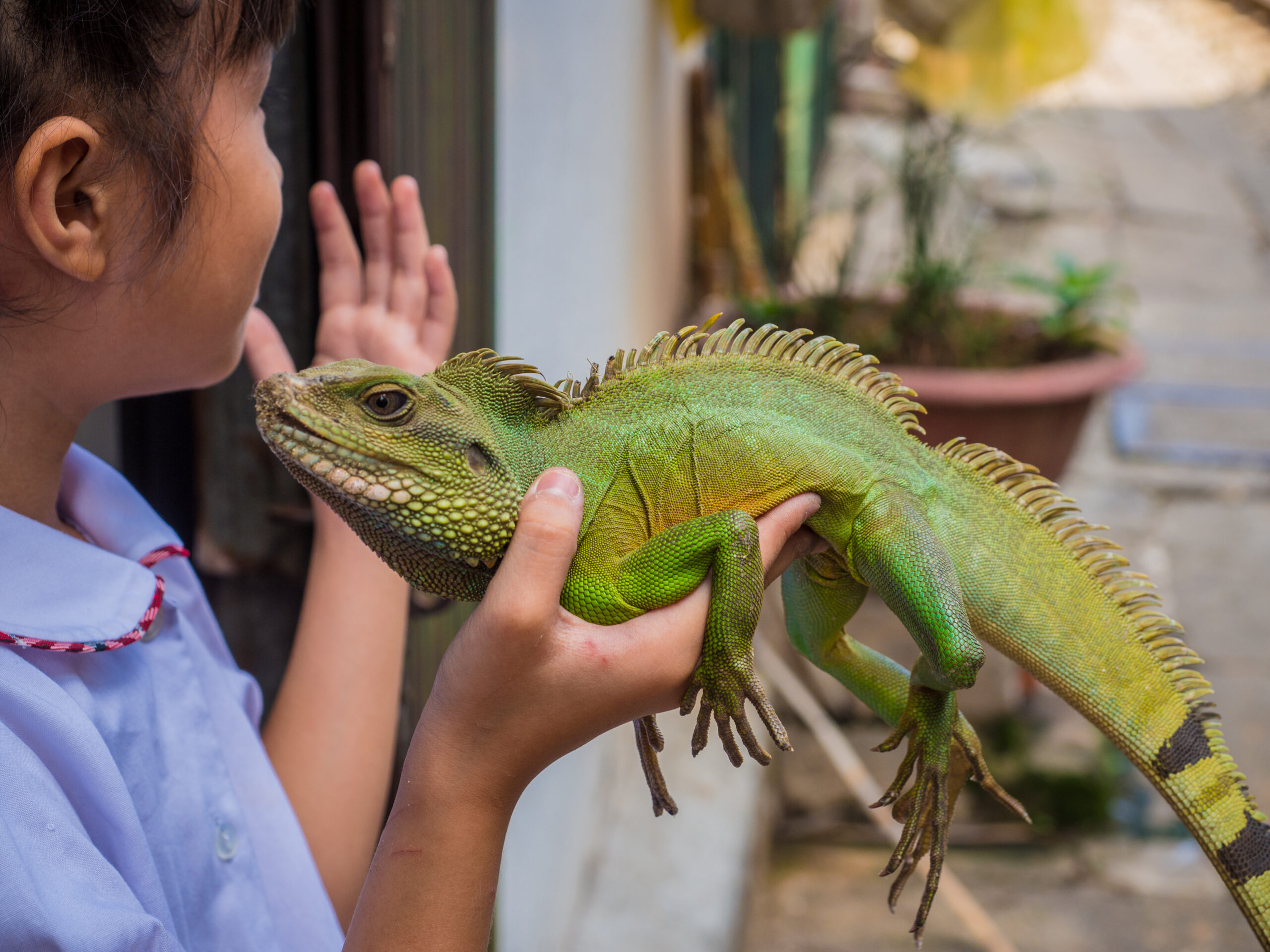
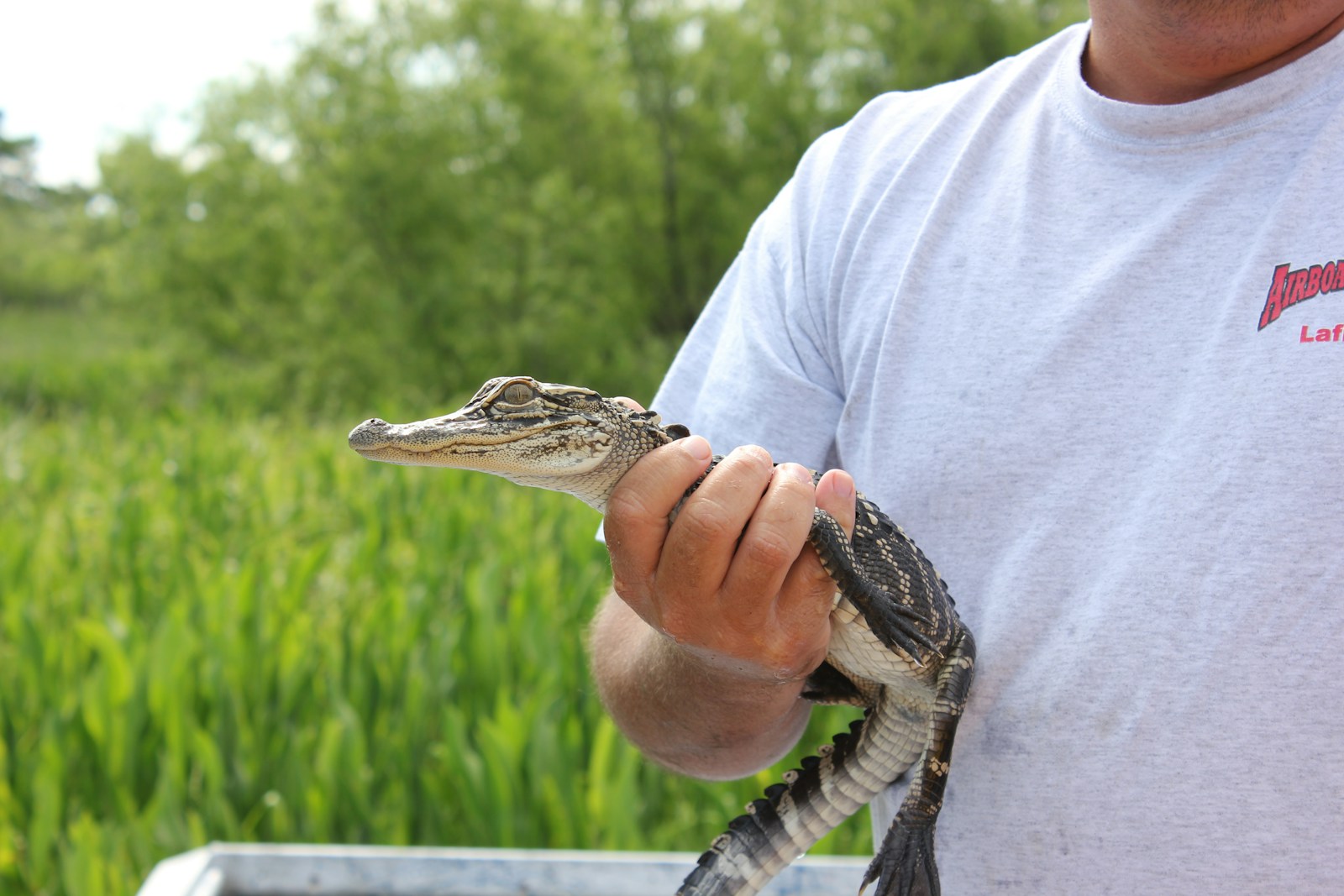

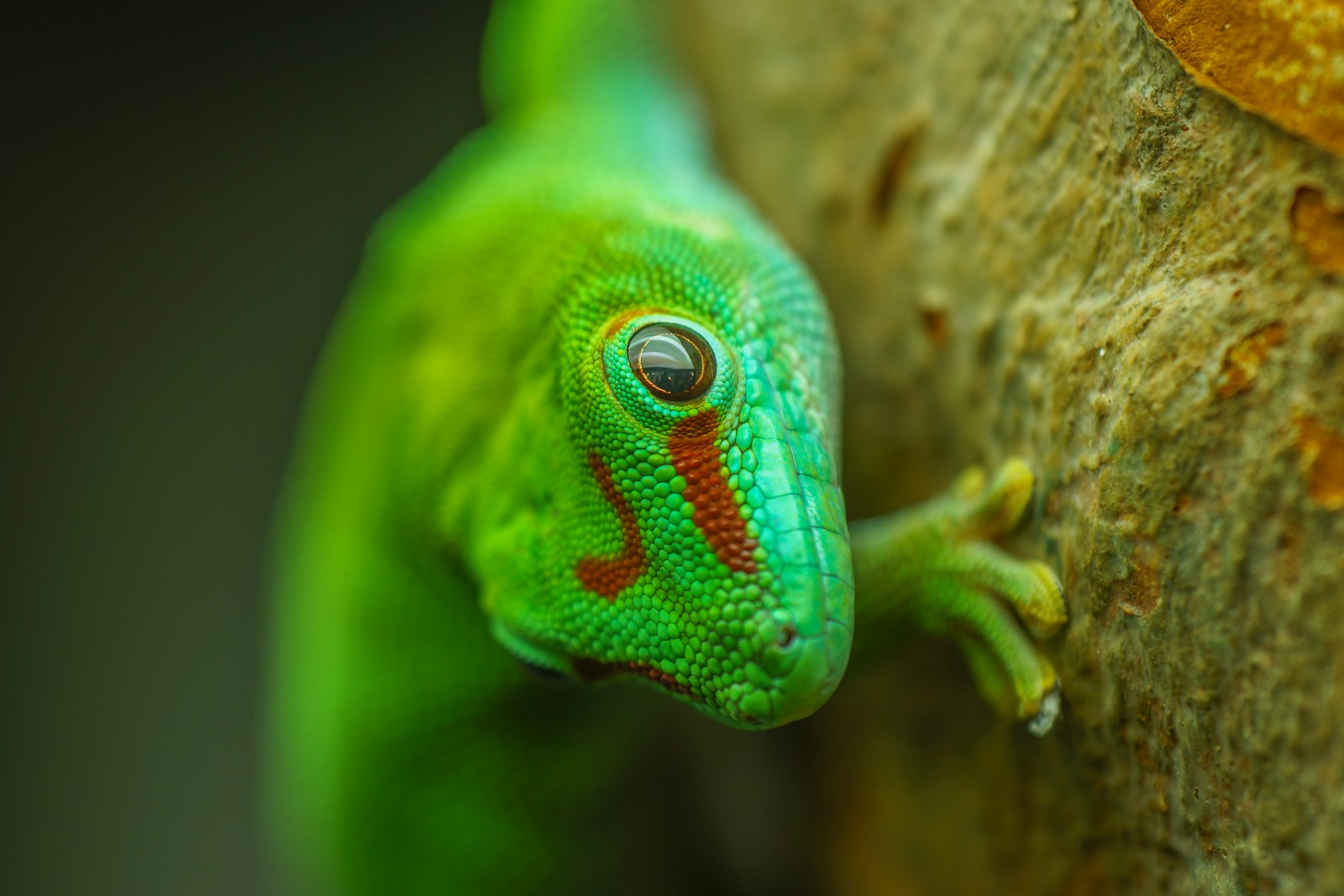
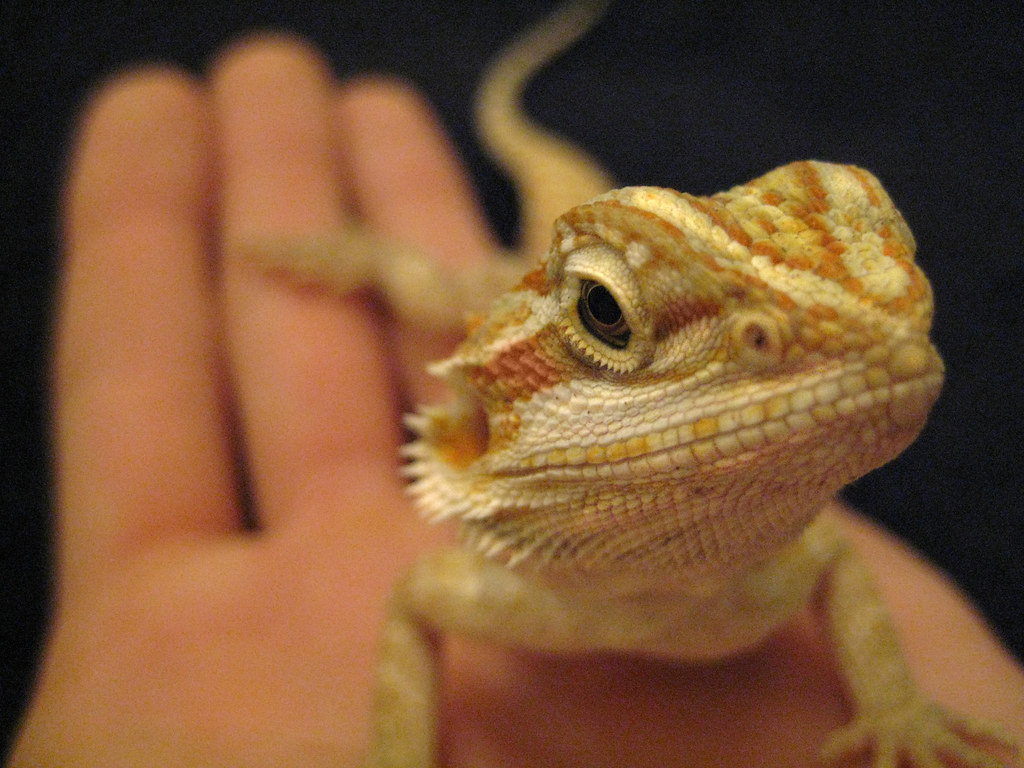
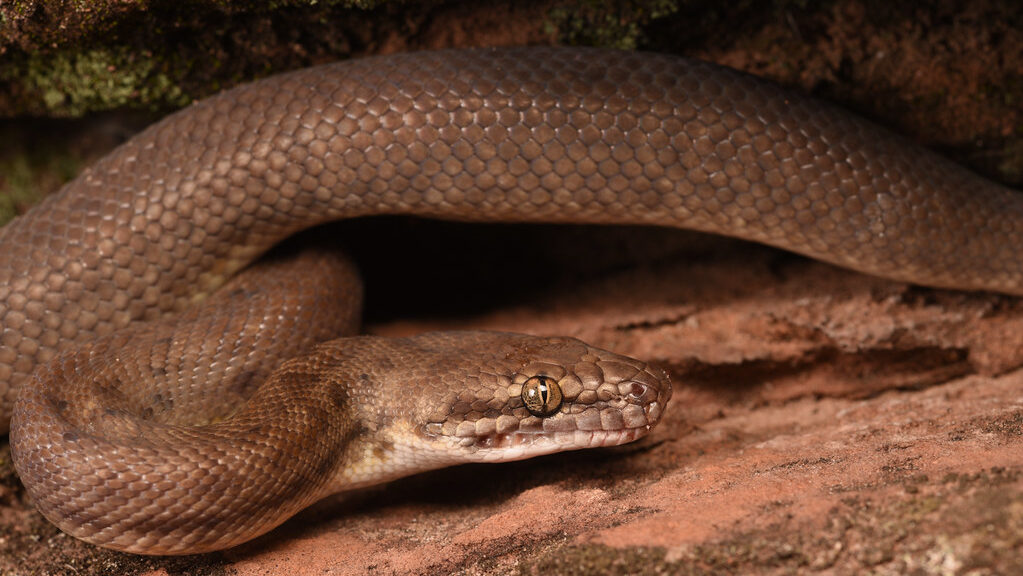
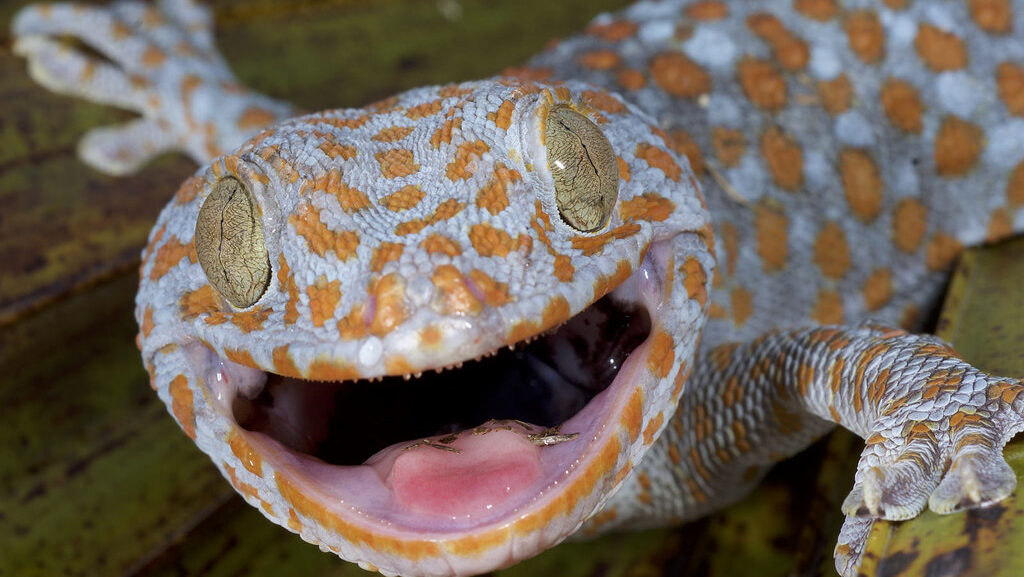




Leave a Reply